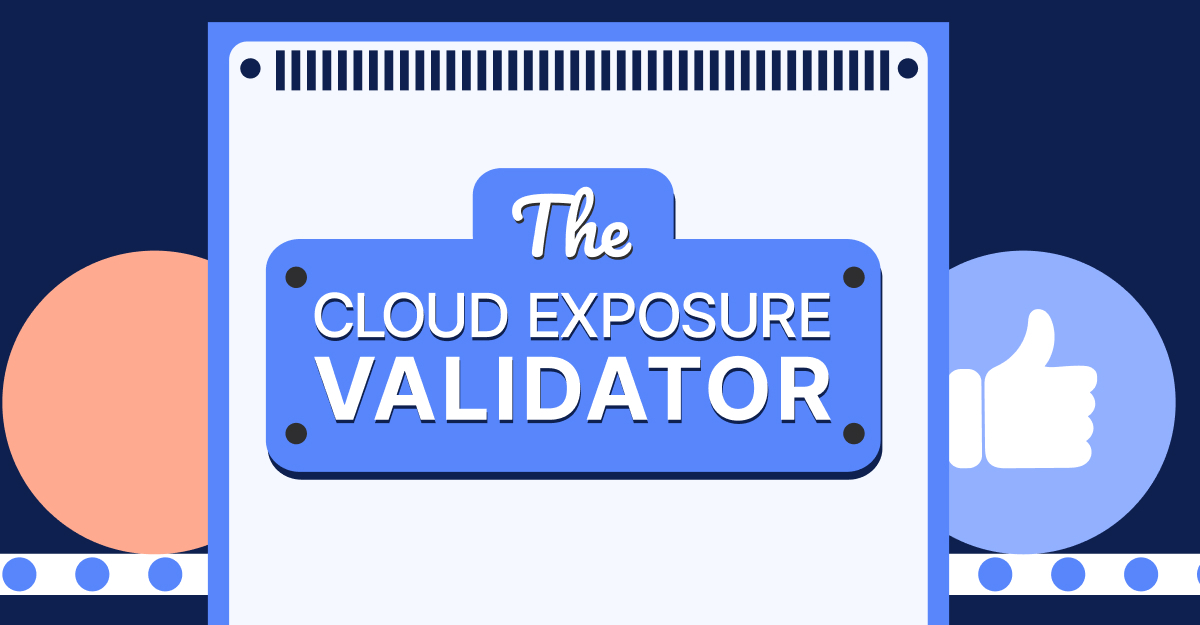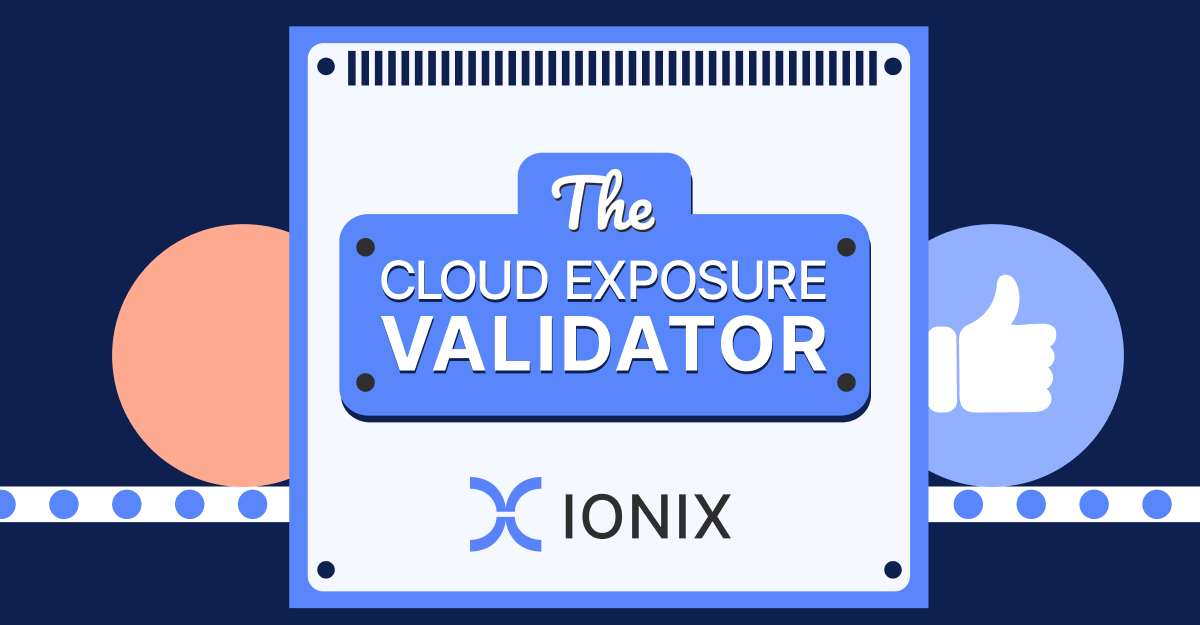What Is External Attack Surface Management (EASM)?
External attack surface management (EASM) is the practice of identifying and addressing potential attack vectors in an organization’s public-facing IT infrastructure. Key elements include asset discovery, threat identification, and risk prioritization.
In this article
External vs. Internal Attack Surfaces
Often, organizations focus their security efforts on their external attack surfaces. These include all various attack vectors that an attacker could use to gain access to an organization’s environment. Closing these security gaps is important because it makes it harder for an attacker to gain the access that they need to achieve their goals.
Organizations have internal attack surfaces as well. These are the attack vectors accessible from inside the organization’s environment that an attacker with initial access may use to further their goals. For example, an attacker who has compromised a user account may be able to access a corporate application with an SQL injection vulnerability. Exploiting this could permit them to steal sensitive data or cause other harm to the business.
Why is EASM Important?
In 2024 alone, over 40,000 new vulnerabilities were assigned Common Vulnerability Enumeration (CVEs). This means that security teams likely have many vulnerabilities to address, and this is only one potential attack vector that an attacker could exploit.
EASM is important because it enables an organization to manage its external attack surface, finding and fixing issues before an attacker can exploit them. By doing so, the organization can reduce its risk of cyberattacks, simplify incident response, and improve its compliance with regulatory requirements.
Main challenges when implementing EASM (and how to overcome them)
EASM can be an invaluable tool for corporate cybersecurity; however, it can also be challenging to implement effectively. Some of the main challenges that organizations face when implementing EASM include the following:
- Evolving Environments: As an organization adds or updates applications and systems, it may introduce new vulnerabilities and misconfigurations into its environment. Continuous monitoring is essential to ensure that security teams have an accurate picture of their current external attack surface.
- Shadow IT: Employees may be using SaaS tools and other applications without the knowledge of IT and security teams, creating visibility and security gaps. Automated discovery is essential to create a complete inventory of an organization’s external attack surface.
- False Positive Detections: Attack surface mapping tools may identify vulnerabilities that are not actually exploitable or pose no real risk to the business. Vulnerability validation is essential to ensure that remediation efforts are focused on real threats.
- Risk Prioritization: Vulnerability management programs commonly use severity scores to prioritize threats, but a lower-scoring vulnerability may have a more significant real-world impact on the organization. Instead, a company should use knowledge of corporate assets and workflows to prioritize threats based on likelihood and potential impact on the organization.
- Security Scalability: Security teams commonly have more vulnerabilities to remediate than they have resources to handle. A combination of automation and intelligent prioritization — deciding what really needs fixing and what doesn’t — can help to scale security efforts.
How EASM works
EASM solutions are designed to provide an organization with visibility into its external attack surface. Some key elements of this include:
- Asset Inventory: EASM continuously scans an organization’s network to map the external attack surface. This can include network scans as well as inspection of DNS records and other network traffic to identify applications in use by the organization.
- Vulnerability Detection: After identifying corporate assets, EASM tools begin mapping out attack vectors. This can include vulnerabilities, misconfigurations, and missing security controls.
- Threat Prioritization: Identified threats are then prioritized based on knowledge of how the business works. This ensures that risks affecting critical IT assets and workflows are addressed first.
- Security Integration: EASM tools should integrate with the rest of an organization’s security architecture. This can enhance visibility and allow automated remediation of some identified attack vectors.
EASM vs CAASM: Which one do you need?
EASM and Cyber Asset Attack Surface Management (CAASM) are designed to help an organization manage its attack surface. However, they differ in areas of focus as CAASM considers both internal and external attack surfaces, while EASM is focused solely on the external attack surface.
The choice between CAASM and EASM depends on the goal of an organization’s security efforts. EASM focuses on preventing an attacker from gaining initial access to an organization’s environment, while CAASM can be used to implement defense in depth.
How to choose the right EASM solution
Choosing the right EASM solution is essential to optimize visibility into and control over an organization’s external attack surface. Some key features and considerations include the following:
- Scope and Depth: An EASM solution should cover an organization’s entire external attack surface, including cloud-based assets. It should also provide in-depth visibility, offering insight into vulnerabilities in third-party dependencies and the digital supply chain.
- Asset Discovery: Shadow IT means that employees may be using applications and systems without permission and oversight. EASM solutions should be able to automatically map an organization’s entire external attack surface. This includes taking an attacker-centric view of the organization’s infrastructure via network scanning and other techniques.
- Continuous Monitoring: Digital attack surfaces can change rapidly as applications are deployed or updated. EASM tools should offer continuous monitoring and real-time visibility into potential attack vectors.
- Business-Centric Prioritization: Prioritization based on severity scores is ineffective and disconnected from the needs of the business. Risk prioritization should use contextual information about the business to identify the greatest risks.
- Threat Validation: False positive threat detections waste resources and take focus away from real threats. Threat validation ensures that a threat poses real risk to the business before allocating resources to address it.
- Solution Integration: EASM is designed to provide visibility into an organization’s attack surface. Strong integration with other solutions both enhances visibility and enables automated remediation of certain issues.
- Scalable Security: As a business’s IT environment grows and evolves, its digital attack surface may expand as well. EASM solutions should be able to scale to maintain real-time visibility despite this growth.
Optimizing EASM with IONIX
EASM has the potential to dramatically improve an organization’s cybersecurity risk and security efficiency if used correctly. By proactively identifying and remediating attack vectors before they can be exploited, a company can reduce the risk of a costly data breach and the cost of addressing a particular flaw.
IONIX offers comprehensive attack surface visibility with unmatched visibility into SaaS apps and supply chain risk. Learn more about EASM and how to implement EASM with IONIX.



